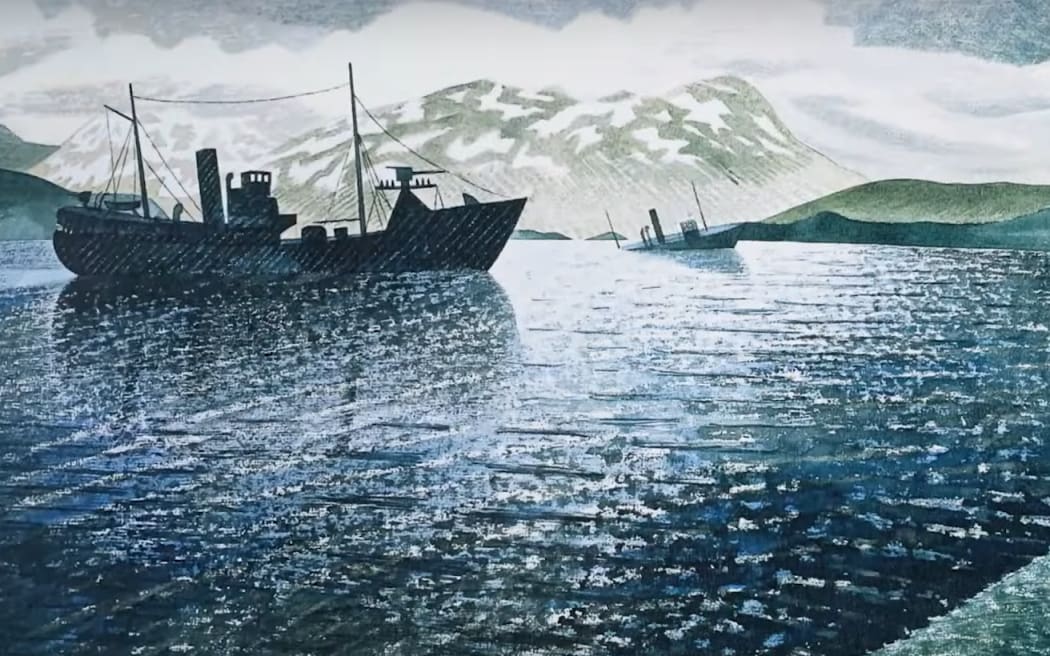The documentary Eric Ravilious: Drawn to War tells the story of an artist whose life might easily have been one of those depressing stereotypes.
Like Mozart, Keats and Van Gogh before him, his major success was not to happen until many years after his death.
Though, unlike the usual tortured artist, Ravilious’s life seemed remarkably happy.
He became belatedly famous – in England at any rate – after many of his paintings were discovered at the home of his close friend Edward Bawden.

Photo: Screenshot
But when he worked – before and during the Second World War – he’d already gained respect for his paintings, which were like nobody else’s.
What set him apart, maybe, was his love of drawing and water colours, and his skill as a designer.
Mind you, “design” is one of those expressions of faint praise, like “craftsman”, another lukewarm description of Ravilious at the time.
Much of his early work was in tandem with his wife Tirzah Garwood, who was just as talented – some say more so – in the field of pure design.
This is where I run into problems – first, describing the film Eric Ravilious Drawn to War, and then convincing you why I found it such an extraordinary experience.
Because - like Ravilious’s own life - much of the film is devoted to his visual works.
The paintings, drawings and etchings are quite wonderful, and director Margy Kinmouth finds ways to lightly animate some of them – particularly the uncanny, ancient chalk giants carved into the South Downs of Sussex and Kent.
But it’s a challenge to put their extraordinary impact into words.
What does carry are the many letters Eric sent to Tirzah and others from wherever he found himself.
When war broke out in 1939, he was head-hunted by the War Department as one of Britain’s war artists. A job, it turned out, he was very well suited to.
The subtitle of the film – Drawn to War – really does capture Ravilious’s character.
Yes, he hated war – he was anti-Fascist long before much of the country, in fact – but he also relished the exciting places he found himself in – Norway and Iceland, observation posts during the Battle of Britain, underwater in Royal Navy submarines.
And all the time he was capturing these experiences in unique drawings and paintings.
They seem both of their time – I found myself reminded of wartime posters, or the front covers of 1940s novels – and, in a way, of all time. The comments of Ravilious fans like novelist Alan Bennett and artists Ai Weiwei and Grayson Perry are hugely helpful here.
But while you do have to see the paintings to see why modern critics now say he’s one of England’s greatest artists, it’s the letters between Eric and his wife Tirzah that add the humanity.
Like so many of that generation, Eric wrote letters compulsively, right up to his tragic death, blithely going off to rescue a colleague.
And while I find it almost impossible to describe the unique charm of Eric Ravilious Drawn to War, I urge you to chase it up if you can. You’ll get it when you see it.

